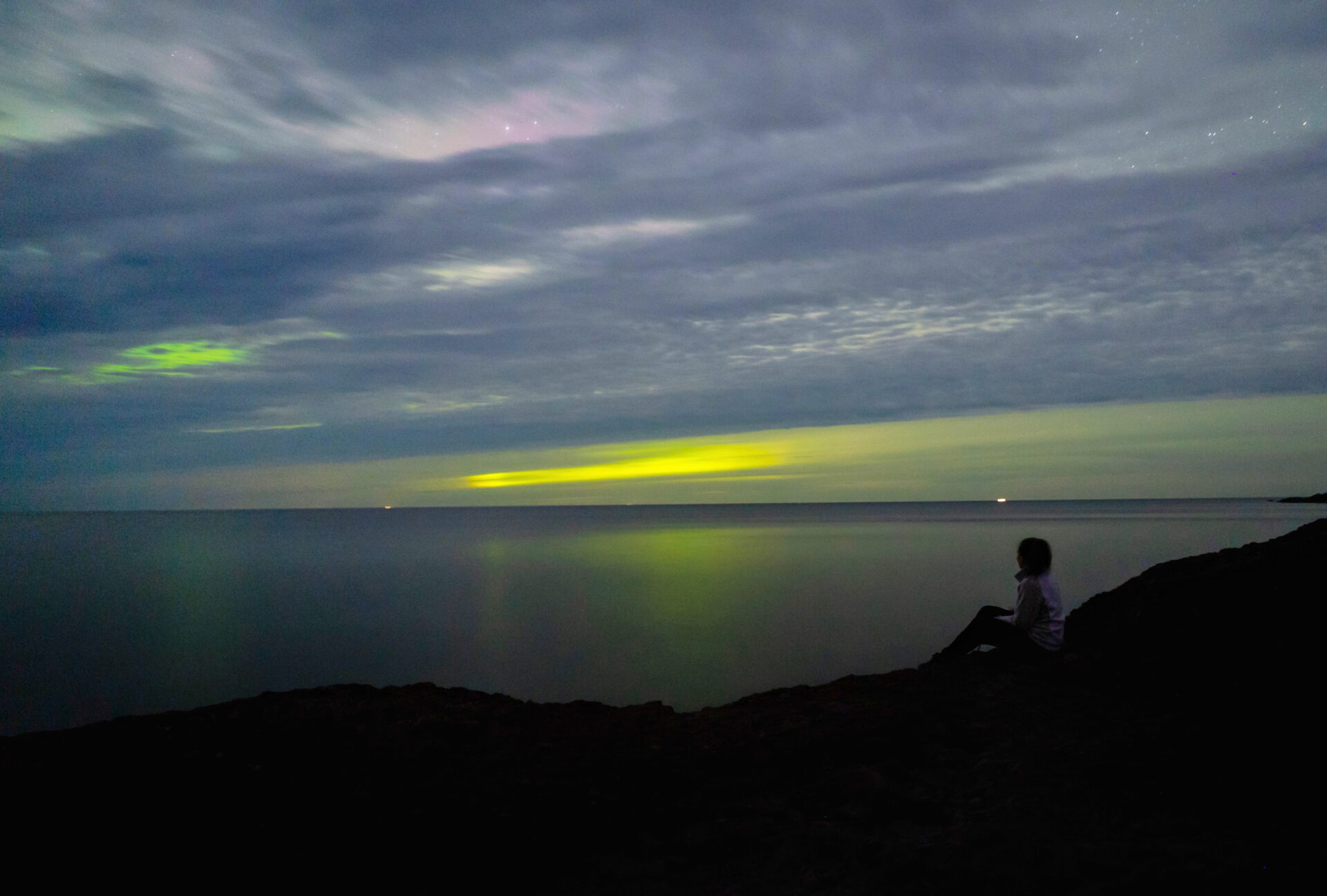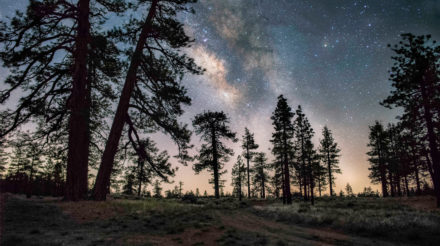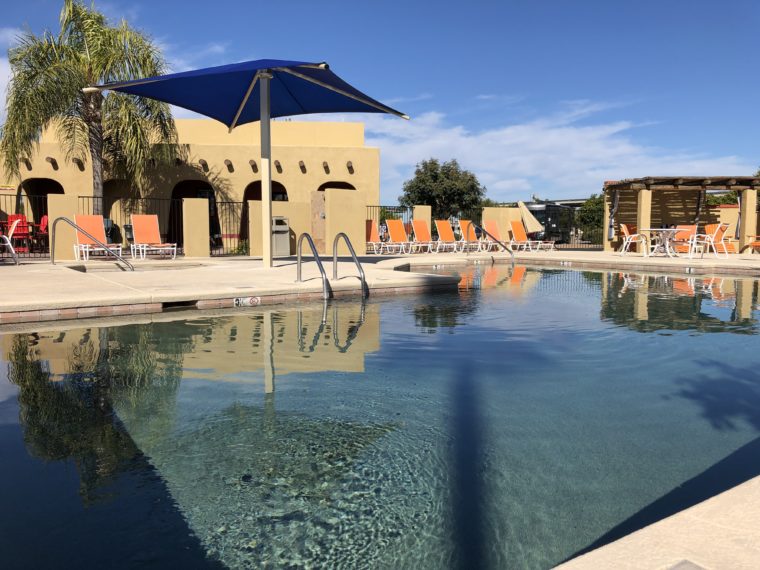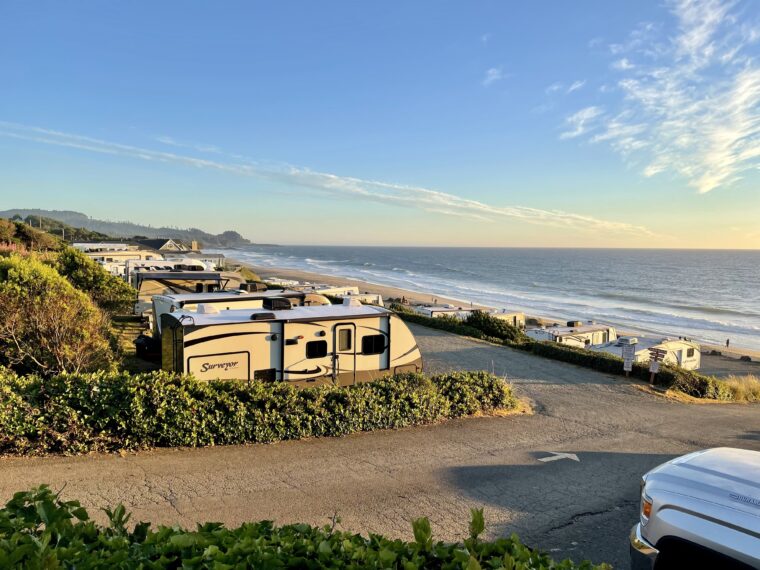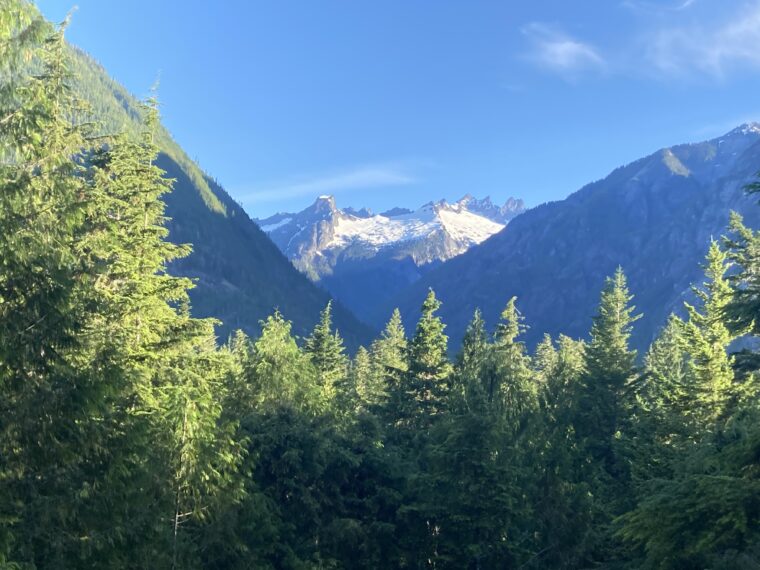National parks offer the perfect ingredients for stargazing: unspoiled nature, eye-popping landscapes, and, in many cases, limited light pollution. The latter is why the International Dark Sky Association’s map of Dark Sky Places brims with national parks; it’s also why national park stargazing tops many adventure travelers’ bucket lists.
The Best Campgrounds to Experience a Dark Sky Park
Try watching the Milky Way glow from atop an otherworldly sand dune. Or, shoot for a night of slack-jawed awe as auroras sashay above Lake Superior. Here are six of the best U.S. national parks for stargazing, plus the how, when, and why to visit these nature escapes after dark.
Why Stargaze in a National Park?
Sure, stargazing in a national park promises a wow factor, but the cosmos isn’t the only reason to visit our favorite public lands by night. Other benefits of visiting a national park after dusk include:
Nocturnal Animals
Curbing light pollution in national parks does more than allure stargazers. It aids countless nocturnal animals that rely on dark skies. Aardvarks, bats, coyotes, hedgehogs, sea turtles, and armadillos are among the many national park residents that benefit from low light pollution. Visiting a national park after dark also gives you the chance to hear or even see some of the park system’s many nocturnal creatures.
No Crowds
Many national parks have reached unprecedented visitor numbers post-pandemic, but visiting these getaways in the off-hours—after dark—promises dreamy skies and minimal, if any, crowds.
Ranger Experiences
National parks run numerous after-dark ranger experiences to help you more deeply understand these dreamy nightscapes. Ranger events include astronomy festivals, telescope nights, astrophotography lessons, star parties, nocturnal animal lessons, Junior Ranger programs, and night hikes.
Indigenous Astronomy
Increasingly, national parks integrate star stories from the Indigenous perspective. Immersions include Indigenous-led astronomy talks at star festivals and online materials to help you better understand the night-sky beliefs and histories of those who first occupied these lands.

The Best National Parks for Stargazing
Death Valley National Park
With dry, arid weather and unearthly desert landscapes, Death Valley isn’t just a top national park for stargazing; it’s one of the best astrotourism getaways in the world. The park’s enchanting scenery provides an out-of-this-world setting. Gaze into the cosmos from the vast salt flats of Badwater Basin or watch for shooting stars with the lunar backdrop of Mesquite Flat Dunes. Full-moon night hikes and a full list of ranger programming further add to the park’s stargazing cred.
Where to Camp
- The free and first-come, first-served Wildrose Campground provides a primitive overnight experience on Death Valley’s southwestern border.
- The Furnace Creek Campground, near the Furnace Creek Visitor Center, is the park’s most popular camp. It accepts reservations and has an on-site general store.
Big Bend National Park
Big Bend National Park’s location—a wild and remote pocket of southern Texas—provides a must-have feature for stargazers: virtually no light pollution. In fact, it has less light pollution than any other national park in the lower 48 states, but that’s not the only reason to plan an overnight stay here.
The park is part of the Greater Big Bend International Dark Sky Reserve—an IDA-certified stretch of dark skies that crosses from Texas into Mexico. You can admire the stars from just about anywhere in Big Bend, but stops like Chisos Basin Overlook promise picturesque panoramas.
Where to Camp
- Chisos Basin Campground, a reservations-required spot with views of Casa Grande and Emory Peak, is a fan favorite among Big Bend stargazers.
- The primitive roadside campsites at K-Bar 1 and K-Bar 2 (one campsite each) promise secluded sleeps with unobstructed nightscapes. Both are located 1 mile off of the main road.
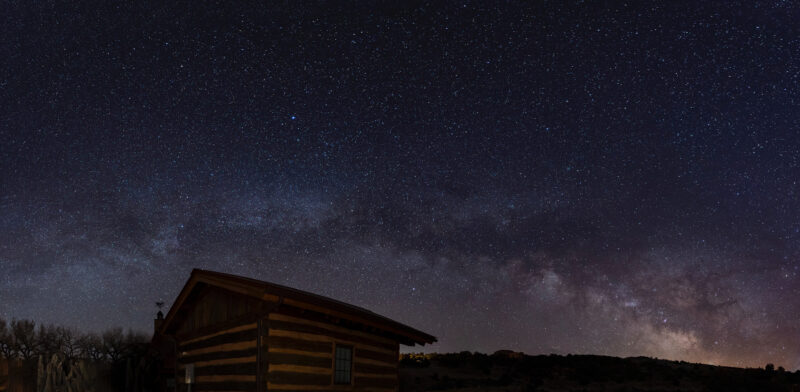
Mesa Verde National Park
Mesa Verde National Park in southwest Colorado made history in 2021 as the 100th IDA dark-sky park. It wows with clear constellation sightings thanks to its high elevation, arid climate, and location in one of the darkest swaths of night skies in the lower 48 states.
The park is also deeply intertwined with the culture of the Ancestral Pueblo people. Mesa Verde rangers are increasingly incorporating Indigenous astronomy perspectives into the after-dark curriculum, like a Navajo astronomy session in the park’s star party.
Where to Camp
- Morefield Campground provides a cozy night of camping 4 miles from the park entrance. It’s open from April to October.
- Bay City Gulch campground, located in the San Juan National Forest, has five sites. It’s located roughly 30 minutes from the park entrance.

Isle Royale National Park
As the least-visited national park in the lower 48 states—and a wild getaway so far-flung it requires a ferry or seaplane to get there—Isle Royale is one of the Midwest’s premier stargazing escapes. Backpacking is the most popular way to see this 45-mile-long car-free island in Lake Superior. Rugged water-view hikes and wildlife sightings during the day transition to Milky Way nightscapes with a soundtrack of loons by night. If you’re lucky, you can even spot the northern lights from the island’s north-facing campsites.
Where to Camp to See the Northern Lights
Where to Camp
- Backcountry camping is available in sites across the national park on a first-come, first-served basis in the spring-through-fall season. For the best aurora borealis potential, hike to the north-facing Lane Cove Campground.
- The Trails End Campground in Copper Harbor, Michigan, is located minutes from the ferry to Isle Royale. It’s near the southern shore of Lake Superior and provides a basecamp to catch auroras from the mainland.
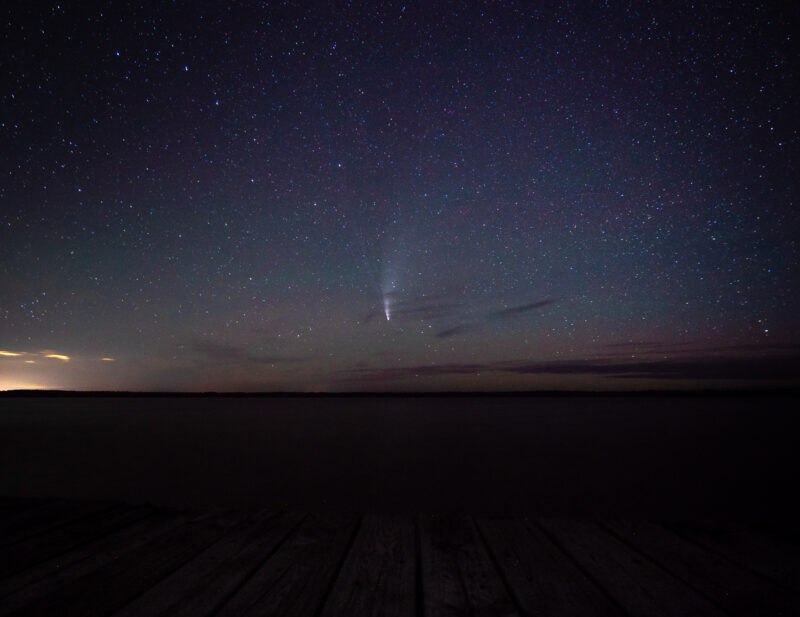
Voyageurs National Park
Voyageurs National Park is another Midwest getaway with awe-striking nightscapes. This retreat, near the Canadian border in Northern Minnesota, delights with four major lakes, 26 smaller lakes, and more than 900 islands ripe for kayak excursions. Like Isle Royale, Voyageurs is also an ideal place to spot the northern lights. The IDA-certified park is part of a cross-border project to reduce light pollution, known as the Heart of the Continent Dark Sky Initiative. Snag a starry view at Kettle Falls Dam or the Voyageurs Forest Overlook parking lot.
Want a unique winter thrill? Try driving an ice road across a frozen lake in Voyageurs National Park
Where to Camp:
- The lakefront Woodenfrog Campground is located in the Kabetogama State Forest, just outside of Voyageurs. Its primitive campsites are open in the fall and summer.
- The Pines of Kabetogama is a spacious RV park with lake views and forested surrounds. It’s located less than a mile from the park entrance.
Glacier National Park
Glacier National Park’s untamed mountain-west setting promises deep-black skies and a sea of stars, especially now that it’s part of the Waterton-Glacier International Peace Park, a joint dark-sky effort between Glacier and Waterton Lakes National Park in Canada.
How and When to Book National Park Stays in Canada
For sweeping constellation vistas, stop by Lake McDonald—on cloud-free nights, the stars reflect off this mountain-flanked lake’s waters. The night scene gets even livelier when the aurora borealis makes an appearance. Another ideal spot for enjoying Glacier after dark: the Dusty Star Observatory at the St. Mary Visitor Center, which is home to the largest telescope in Montana. Alternatively, try a ranger event or star party in the summer.
Planning a trip to Glacier National Park
Where to Camp
- Apgar Campground is situated at the southern end of Lake McDonald. That means it’s close to the north-facing shore—the perfect spot for aurora hunting. Apgar requires reservations during peak season.
- Located near West Glacier Village and 1 mile from the park’s west entrance, Glacier Campground has the best of all worlds: forest scenery, local dining, tour outfitters, and shopping—all within arm’s reach of the park.
